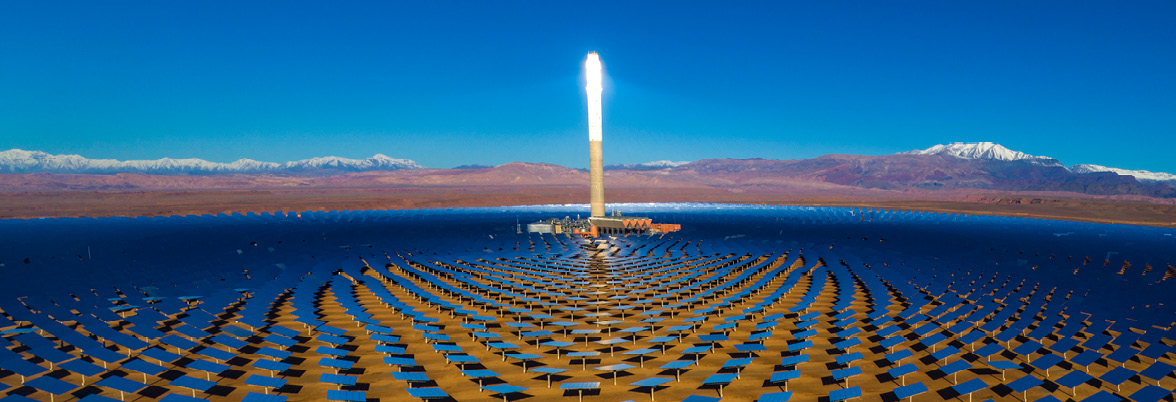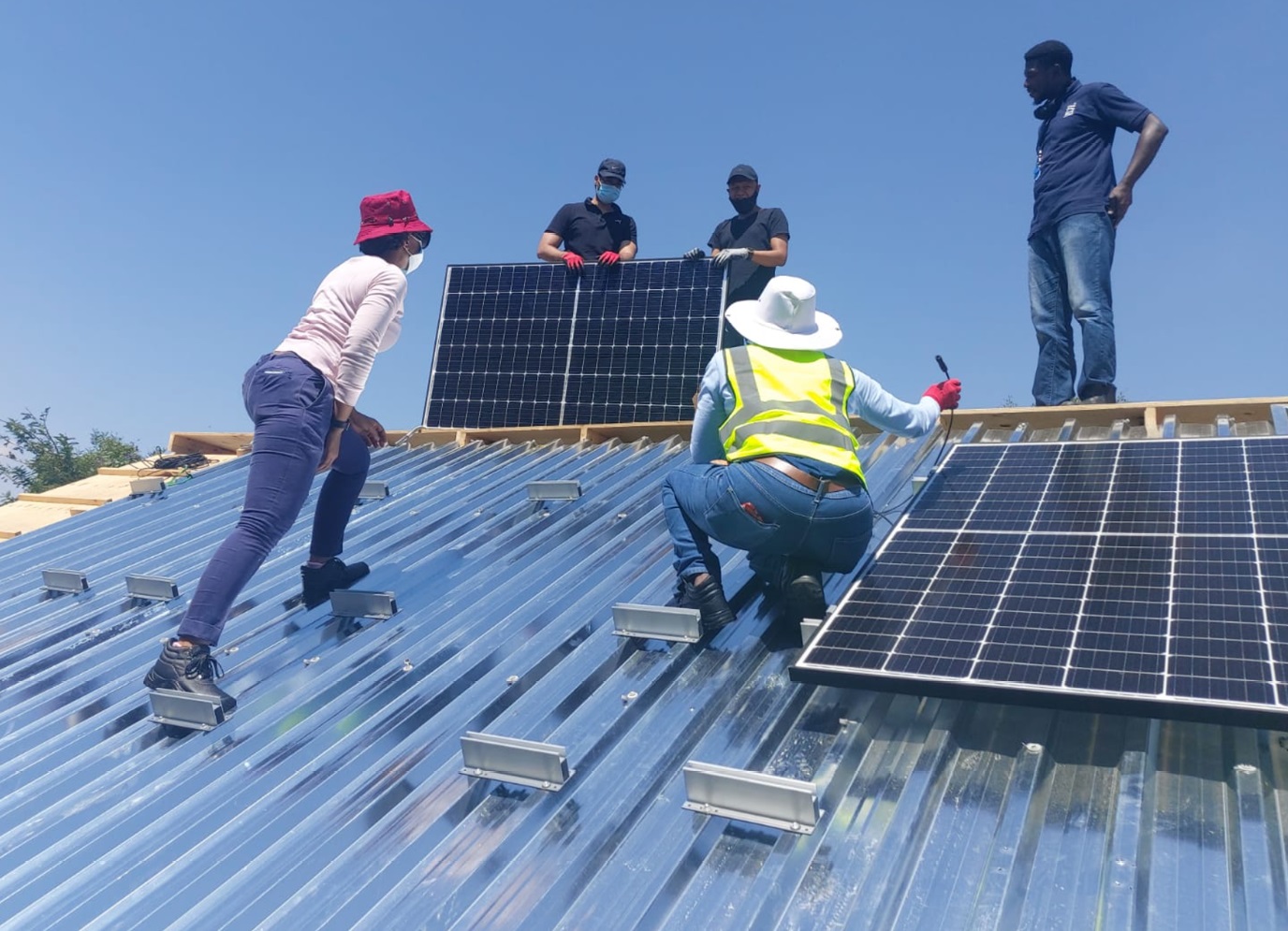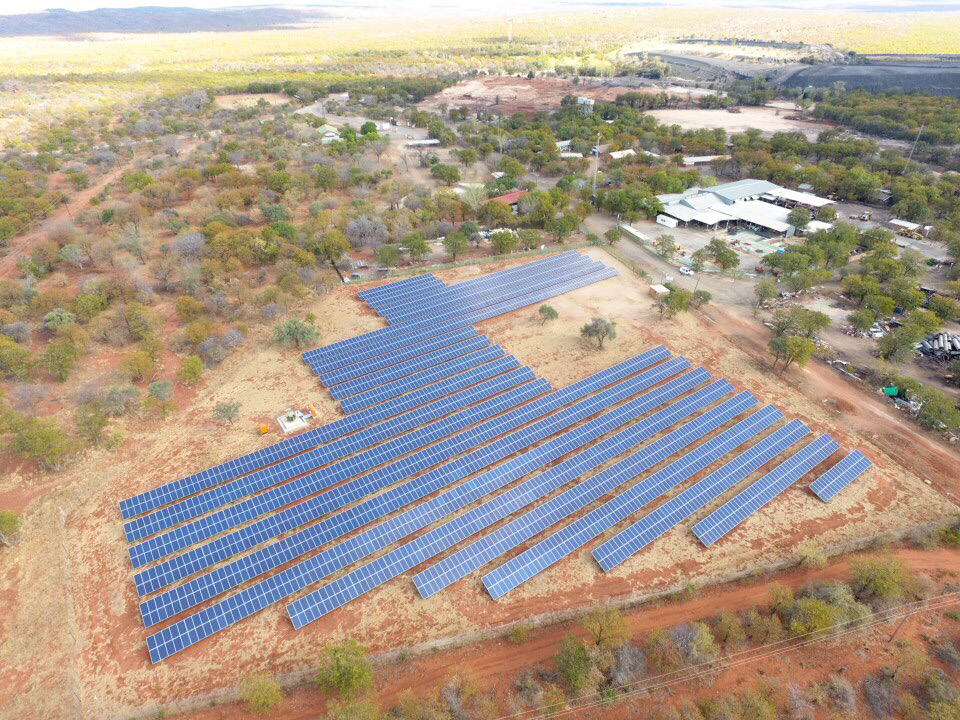Access to reliable, cost-effective (and, increasingly, green) energy in Sub-Saharan Africa is a major challenge for the mining industry.
The mining industry is one of the most important energy consumers in the region and its energy demand is set to increase significantly in upcoming years, coupled with the increased importance of the industry in providing the raw materials necessary to power the energy transition. While the African mining industry is a key part of the global energy transition, it sits within a region where the energy sector is often subject to the monopoly control of state-owned utilities and reliant on sub-optimal generation, transmission and distribution infrastructure.
Mining companies have historically had no choice but to be connected to a grid and be the victim of frequent power outages or, for those in more remote locations, to use on-site diesel or heavy fuel oil (HFO) gensets for self-consumption (often at a premium price) or an inefficient combination of the two. Now, however, mining companies are increasingly committing to considering more innovative and green sources of energy to power their operations.
What is a mini-grid project in the context of a mine?
A mini-grid project can broadly be defined as an energy distribution network isolated from the national grid involving one or more small-scale power generation source. In relation to a single mine or group of mining concessions, a mini-grid project could power the mines but also the local communities of mine workers and related infrastructure.
A local mini-grid provides an efficient solution to powering mines as it avoids the transmission of large volumes of power over long distances (with the accompanying power losses) and leads to a more reliable local grid system (avoiding the loss of production time and potential property damage associated with electricity supplied from the main grid with its propensity for load shedding) which also benefits the local community. With a renewable power generation source, the mini-grid would decrease the dependence of mining projects on diesel or HFO, which are expensive to transport, subject to significant price fluctuations and increase the carbon footprint of mining operations.
The growing case for renewables
The cost of renewable power is diminishing at the same time as its performance is improving. Many mining locations in Sub-Saharan Africa offer an abundance of high-quality wind, solar, hydropower and biomass resources. Mining companies are also increasingly under pressure to decarbonise and the use of green and sustainable energy at a competitive cost offers such a possibility.
Fast-paced improvements in renewable technologies enable a power generation system which is matched to the load profile of the mine, whether through hybrid systems (such as a mix of solar PV and diesel) or renewable systems coupled with battery storage.
A local mini-grid provides an efficient solution to powering mines as it avoids the transmission of large volumes of power over long distances and leads to a more reliable local grid system which also benefits the local community.

Challenges arising from the regulatory environment
The importance of the prevailing energy regulatory regime cannot be underestimated. The legal and regulatory framework, as well as the political or economic sensitivities, vary from one country to another (and sometimes within the country).
In general terms, there is no common legal framework providing a simple and clearly applicable set of rules when it comes to mini-grid or captive project development. This is due to the fact that energy sectors in Sub-Saharan Africa, both in terms of generation, distribution and supply of power, have historically been the subject of state monopolies, and countries are at different stages in the unbundling process, approaching deregulation in different ways.
In this context, the standard independent power project model, according to which the mini-grid or captive project is built and the energy is generated and delivered by an independent power producer to the mining company under a power purchase agreement, is still relatively uncommon. Project structuring options are often limited by the requirement for an ad hoc and potentially politicised authorisation to generate (which can be very difficult to obtain and may raise potential legal issues) or the existence of a self-consumption regime only.

In the case of self-consumption (or “auto-producteur” in Francophone Africa), electricity is produced, supplied and consumed by the mining company (using a directly procured EPC contractor for construction and an O&M contractor for operation) but in this scenario, due to the lack of private distribution or supply licence, the benefit of the plant cannot unfortunately be shared with the local community and there is no clear enabling regime for a mini-grid or captive supply of power to the mine on a PPA basis by a third party.
Africa is as dynamic a market as it is diverse. We understand that changes impacting your business can arise rapidly and vary significantly across the continent. Our understanding of Africa’s markets stems from extensive experience on the ground. Through our Inside Africa blog, we aim to apply this insight to provide you with timely commentary on the latest developments across Africa, as well as insight into the many nations that make up this vast continent.
The energy regulatory environment will be instrumental in determining the structure that will be used to develop the mini-grid or captive project (whether build-own-operate-transfer, EPC or a lease/services structure). In our experience, where a self-consumption regime only is permitted and it is not possible to use the PPA structure, a mini-grid or captive project supplying a mine can be contractually structured in two different ways:

The “ownership business model” and in particular the “lease purchase model”, under which a developer or equipment supplier (lessor) retains ownership of the plant and equipment but provides the equipment to the mining company for a contracted period of time in exchange for regular payments.
The lessor is responsible for sourcing, financing and installing the equipment, and for maintaining it during the contract period. Depending on the provisions of the contract, at the end of the contract period ownership of the equipment can either remain with the lessor or pass to the lessee (sometimes for an additional amount).
The “service business model” according to which the power plant is built and operated by a service company supplying the energy to the mining company. The mining company pays an agreed fee that can be adjusted based on the performance of the plant or on the cost savings for the mining company against a predefined baseline.

Where the energy regulatory regime is inconsistent or unclear, obtaining the relevant licences and permits in the timescales required may prove challenging and burdensome. This in turn may make it difficult to obtain long-term project financing.
Accordingly, in responding to approaches from renewable project developers, mining companies must require that thorough analysis of the energy regulatory environment has been carried out prior to commercial negotiations taking place.
The willingness of the mining industry to support the development of renewables, combined with improving technological performance (including the wide-scale deployment of energy storage) and reduction of the costs associated with such energy, offers increased opportunities for collaboration for renewables developers and mining companies but the pitfalls of the energy regulatory regime must be tackled at the outset and the risk of any change to the regime clearly allocated in the project documents.


